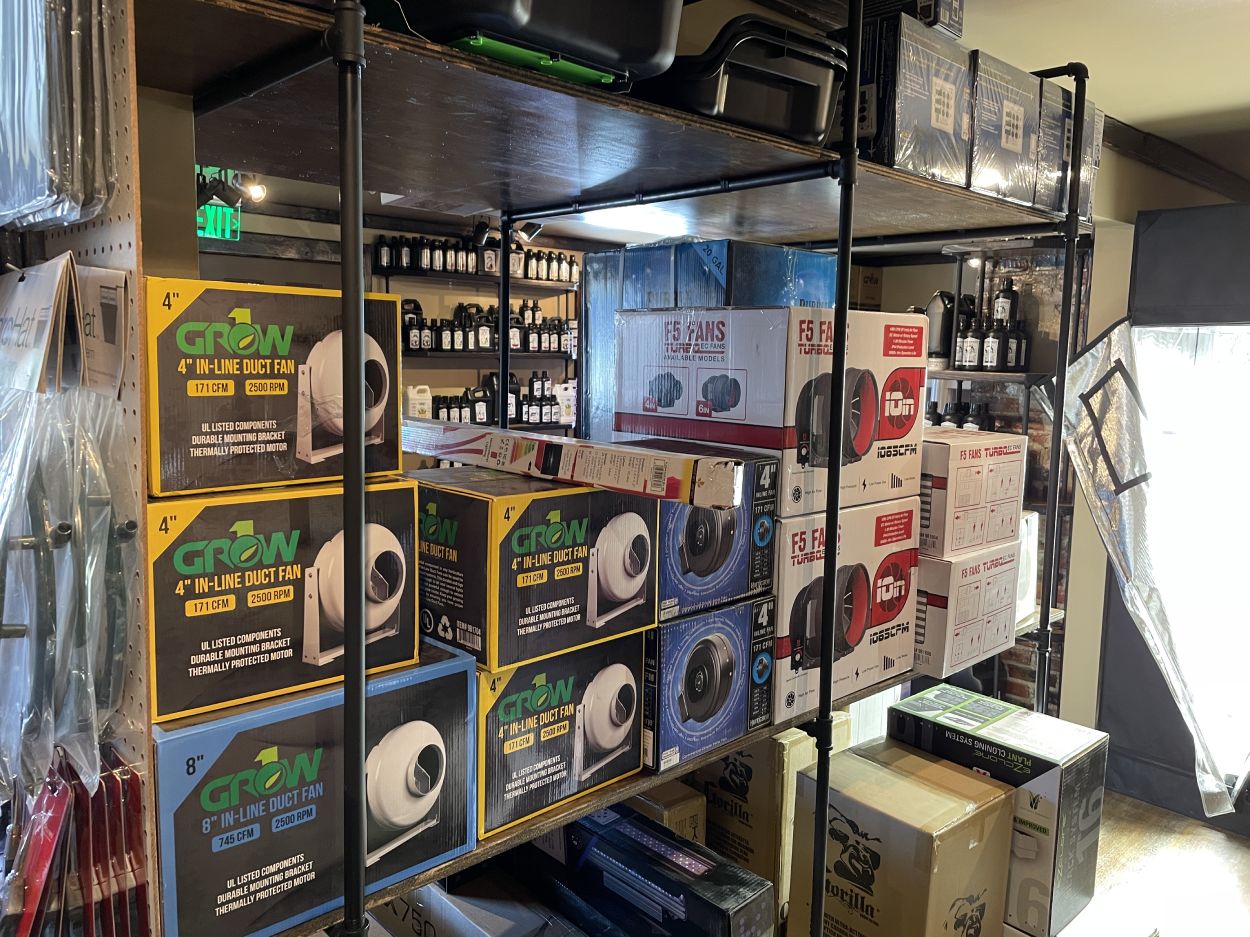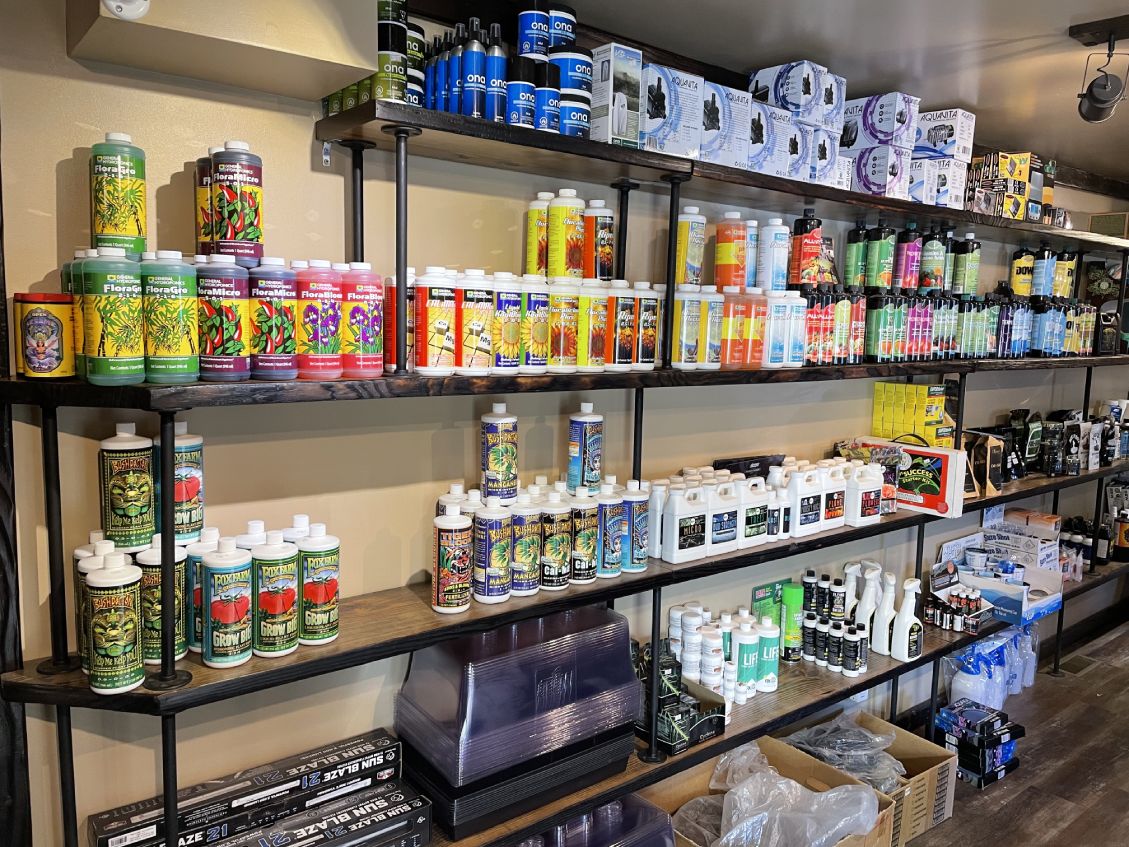Dive Into the Globe of Hydroponics: Discovering Different Kinds
Within the realm of hydroponics exists a diverse selection of growing techniques that offer distinct benefits for expanding plants without dirt. As we get started on this expedition of various hydroponic systems, we will discover the details of methods like the Nutrient Movie Strategy (NFT), Deep Water Society (DWC), Wick System, Ups And Downs (Flooding and Drain), and Aeroponics. Each approach presents an unique technique to supporting plants in a soil-less setting, encouraging development and effectiveness in the world of contemporary farming.

The Nutrient Movie Method (NFT)
The Nutrient Film Technique (NFT) is a hydroponic system that entails a continual flow of nutrient remedy over plant origins in a slim movie to advertise reliable nutrient uptake. This approach makes use of a shallow stream of water that contains liquified nutrients, permitting the plant roots to have consistent accessibility to the essential elements for growth - The Indoor Earthworm. The nutrient option moves along all-time low of the network, calling the origins and after that receding, offering an extremely oxygenated setting important for origin health
One of the key benefits of the NFT system is its water effectiveness. Since the nutrient solution is recirculated, it requires much less water compared to conventional soil-based gardening. Furthermore, the regulated setting of the NFT system reduces the danger of nutrient imbalances and diseases, bring about much healthier plants. Nevertheless, this technique requires careful tracking of pH levels and nutrient concentrations to make sure optimal plant growth. Generally, the Nutrient Movie Technique is a prominent option among hydroponic lovers due to its simplicity, effectiveness, and space-saving style.
Deep Water Society (DWC)
Amongst the different hydroponic systems utilized for cultivating plants, Deep Water Culture (DWC) sticks out for its simple yet efficient design. In a DWC system, plants are positioned in internet pots, permitting their roots to hang straight into a nutrient solution. This remedy is oxygenated using air pumps and air stones to ensure that roots get an appropriate oxygen supply. The secret to success in DWC is preserving the correct oxygen degrees in the nutrient remedy to protect against root rot and promote healthy plant growth.
Among the primary benefits of DWC is its reduced upkeep requirements. With less relocating parts and no need for a complicated watering routine, DWC is a beginner-friendly choice for those new to hydroponic gardening. In addition, the straight access to oxygen and nutrients enables plants to uptake what they require extra effectively, typically resulting in faster development prices and greater yields compared to typical soil growing techniques. Regulating water temperature level and avoiding algae development in the nutrient remedy are important considerations when applying a DWC system.
Wick System
In hydroponic growing, the Wick System is a passive method that enables plants to draw up nutrient option via capillary action. The capillary activity of the wick enables the nutrient remedy to relocate from the storage tank to the expanding tray, ensuring a consistent supply of nutrients to the plants' roots. It might not be appropriate for bigger plants or those with high nutrient demands, as the passive nature of the system can lead to unequal nutrient circulation.
Ups And Downs (Flood and Drain)
Discovering the Ebb and Flow (Flood and Drain) system gives insight into a dynamic hydroponic technique that alternates between flooding and draining pipes the plant origins with nutrient option. This system runs by periodically flooding the plant containers with a nutrient service from a storage tank and after that allowing the excess service to drain pipes back. The process is usually controlled by a timer to guarantee normal flooding cycles, giving the roots with oxygen as the service declines.
Ups and downs systems are versatile and can fit numerous plant dimensions and kinds. They supply an excellent equilibrium of water retention and aeration, advertising healthy and balanced origin growth. The routine flooding aids provide nutrients directly to the origins, boosting nutrient uptake performance. Furthermore, the ebb and circulation action prevents water torpidity, lowering the risk of origin rot and various other water-related concerns.
This technique is prominent amongst hydroponic enthusiasts for its versatility, simpleness, and efficiency to different plant requirements. With proper monitoring and maintenance, the Ups and downs system can sustain durable my explanation plant development in a controlled hydroponic have a peek at this site environment.
Aeroponics
Utilizing a high-pressure misting system, Aeroponics is a sophisticated hydroponic approach that puts on hold plant origins in an oxygen-rich setting to advertise optimal nutrient absorption and vigorous growth. Unlike various other hydroponic techniques, which submerge origins in water or a nutrient option, Aeroponics supplies nutrients straight to the roots via a fine mist. This mist is splashed at regular intervals, making sure that the roots obtain a consistent supply of water, oxygen, and nutrients.

One of the vital benefits of Aeroponics is its capability to make best use of nutrient uptake while lessening water usage. By delivering nutrients straight to the roots, plants can absorb them much more successfully, leading to faster development prices and greater yields. Additionally, the oxygen-rich setting created by the misting system promotes origin development and helps stop root conditions.
Aeroponics is particularly appropriate for expanding leafy eco-friendlies, natural herbs, and other plants that grow in aerated atmospheres. The Indoor Earthworm. Its effective use sources and capability to promote quick growth make it a prominent choice for hydroponic fanatics seeking to attain optimum outcomes
Verdict
Finally, hydroponics provides an array of ingenious methods for growing plants without dirt. From the nutrient film strategy to deep water culture, each approach has its very own advantages and difficulties. By recognizing and making use of these numerous kinds of hydroponic systems, individuals can explore new opportunities for lasting farming and make best use of plant development in regulated environments.
